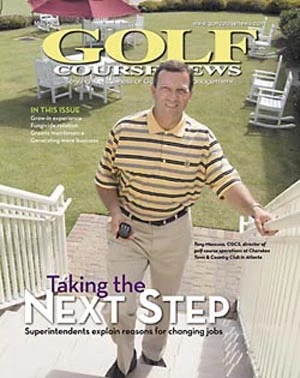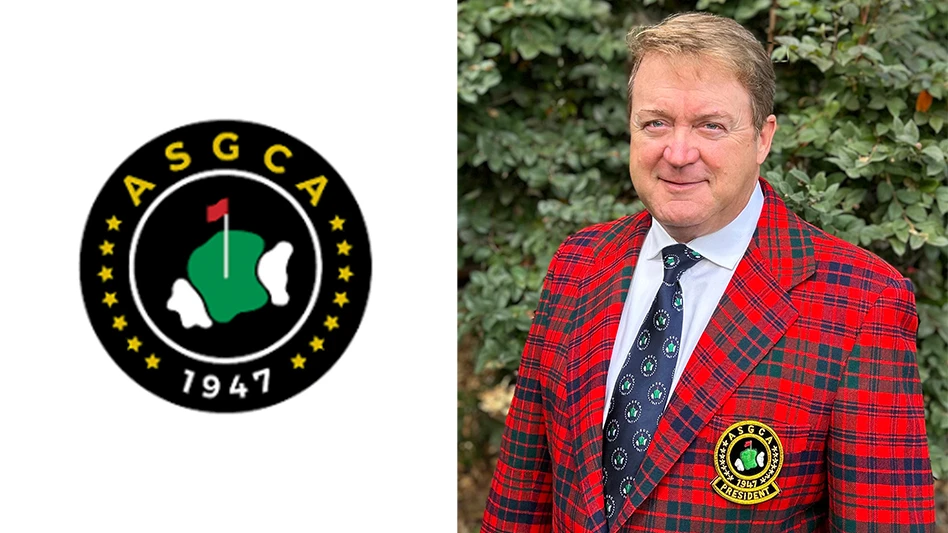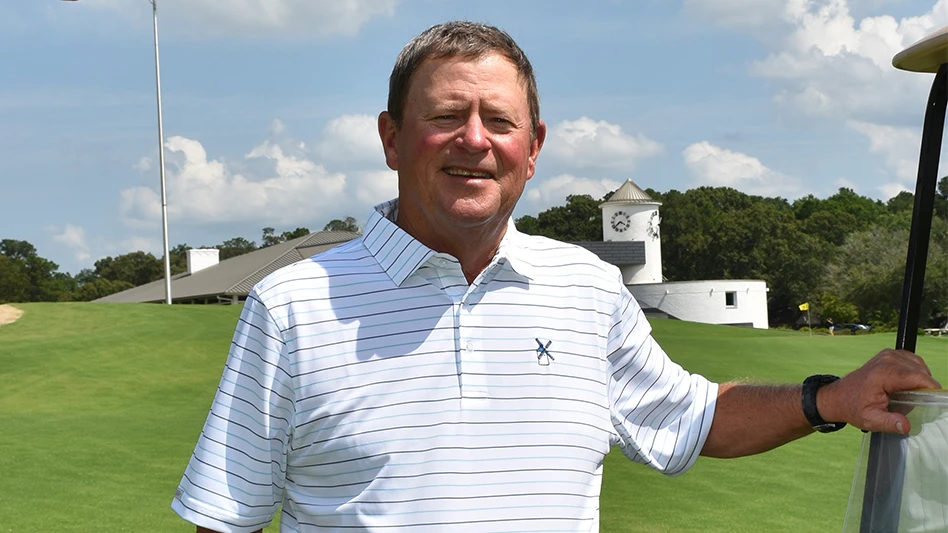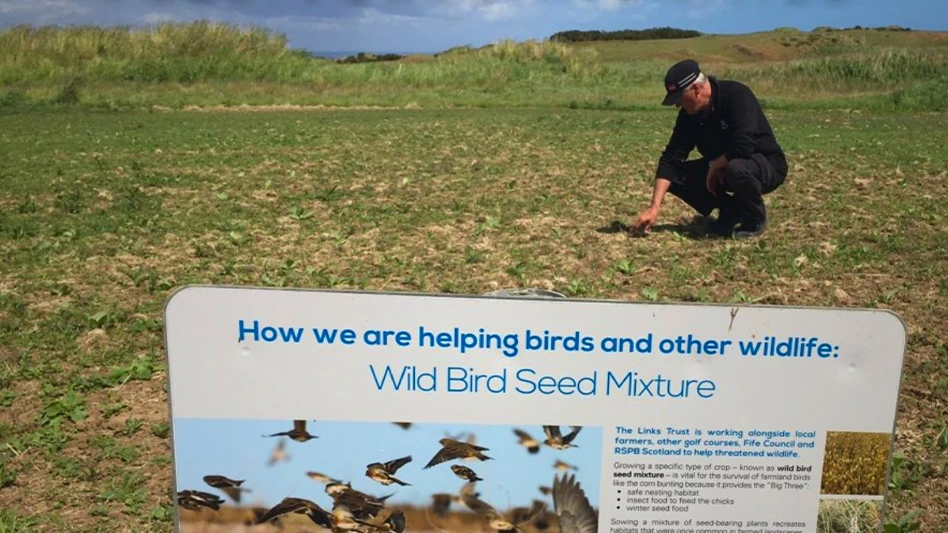Play is down, yet more golf courses are being built. This situation has called for existing courses to go the extra mile to attract customers. Discounting rates, offering extra amenities and implementing new marketing plans are a few ways courses are trying to accomplish that.
|
|
“Grand Geneva was designed and intended to be a premier course and a special experience,” he says. “We have found if customers get conditioned to discounted rates, that’s what the course becomes. Having said that, we’re not insensitive to (economic) conditions.”
Packages and options are available for different times of day or days of the week at Grand Geneva. A tiered-rate system discounts play in the afternoon, after peak morning hours. “Sizzling Sundays” were an answer to lack of play on Sundays, which are turnover days at resorts. Grand Geneva’s offer of $119 for 36 holes is more than 50 percent cheaper than the normal rate. Golfers start on the Highlands course and make the turn as tee times permit on the Brute course.
“It attracted golfers in droves,” Anderson says of the promotion. “It was a huge success and continues to be.”
|
|
Huang is one of 12 former members of the Ashtabula Country Club who purchased the course this past winter, renamed it and opened it to the public. He thinks the Harbor Golf Club will stand out in the market for several reasons.
“The biggest difference is the condition of the course,” he says. “We have the best greens in Ashtabula County. (Superintendent) Doug Schira does a fantastic job for us.
“We really want to provide a great golf experience,” he adds. “We provide a great course to play for a public-course price.”
Most of the seven courses Harbor Golf Club competes against offer 18 holes and a pro shop with snack bar. Two of them have a driving range. But the Harbor Golf Club offers a swimming pool, tennis courts and two driving ranges – one for woods and one for irons.
Additionally, the club offers three levels of membership – single, family and junior. Unlimited use of the driving range, pool and tennis courts will separate the club from others in the area, according to Huang.
StillWaters Golf Club in Dadeville, Ala., isn’t discounting rates either. The club once housed 36 holes of golf but now maintains 18 holes for play. The open course, The Highlands, is a par-72 layout with undulating fairways and five sets of tees from which golfers can choose to play. Todd Rogers, StillWaters’ general manager, says initial improvements were made by new owner Phillip Zettler in the spring of 2004 before the course reopened, but nothing was done specifically to attract more golfers.
“The reason we had to spend money initially on the course was because of the lack of funds spent before we took over,” Rogers says. “The bunkers were trash, weeds had taken over, etc. All we did was give it a quick facelift and then started playing golf.”
The $45 greens fees might deter some local play, but Rogers says StillWaters is looking to bring in players from surrounding areas such as Auburn and Montgomery.
“They might be a little high for the area, but we don’t seem to attract the local crowd even at $30,” he says. “Most of our golfers are in the resort from out of town.”
There’s added value to the $45 greens fee, according to Rogers. That cost includes unlimited golf, a cart to use throughout the stay, range balls and help from the head golf pro to select the right tees for play.
In addition to golf, StillWaters offers villas and guest suites for overnight stays. It also will work with golfers to customize golf packages that include meals and nearby recreational activities.
Marketing plans
Aside from attractive rates, marketing is another way to boost rounds. Word of mouth might go a long way for the Harbor Golf Club, but the new ownership is making its first move by aggressively advertising in local newspapers and on radio stations. As a private course, 7,000 rounds were played at the Ashtabula Country Club during 2004. Looking at a pair of competitors, Huang says 18,000 to 22,000 rounds were played elsewhere. He believes a realistic goal for the Harbor Golf Club is to double the number of rounds from the previous year.
Grand Geneva spends significant marketing dollars at golf shows, as well as advertising on sports talk radio and golf-specific publications, according to Anderson. But its marketing goes one step further. Along with four other courses, Grand Geneva was instrumental in creating the Geneva Lake Area Golf Council. Instead of looking at the opening of a new area course (Hawk’s View) as a threat, the staff at Grand Geneva looked at it as an opportunity.
“We’re not competing against each other as much as we are other destinations,” Anderson says.
In addition to golf, Grand Geneva offers tennis, four restaurants, a spa and a water park resort.
In Lebanon, Ore., Mallard Creek’s general manager Mark Tunstill is a member of local groups such as the chamber of commerce and tourism and economic development boards. Tunstill says he’s better able to promote the course through these groups.
|
|
“This day is spent with all course staff – grounds and golf shop – involved in the interchange of ideas and goal building for the season,” Jack says. “There are many returning staff every year, but sometimes the best ideas come from our novices.”
This thinking has led to a singles-only golf league and a week established to teach adults the game of golf. The adults program was initiated in the early 1980s and includes beginning and intermediate golfers.
About an hour away from Chaska are The Golf Courses of Lawsonia. This 36-hole club offers a links course and a woodlands course. Some weekday rates have been discounted to locals. The club also uses off-site booking Web sites to attract more golfers, according to Gary Zimmerman, director of golf. Additionally, Lawsonia displays a booth at golf shows and has increased the overall advertising budget.
|
|
All are welcome
Reaching golfers, including potential players, of all ages is yet another way to help increase rounds and improve business. Regardless of handicap, Mallard Creek is focusing attention on existing and future golfers. Realizing that it’s easier to retain current customers than to attract new ones, Tunstill helped generate a program that’s enticing to both. Every Wednesday evening from 6 p.m. until 7:30 p.m., the course offers free golf clinics to anyone interested. The facility promotes this in-house, in the newspaper and at a local ice cream parlor for maximum exposure.
Mallard Creek focuses a great deal of attention on young golfers – knowing they’re the future of the game. Kids ages 15 and younger play free when accompanied by a playing adult. Sometimes restrictions apply.
The course also features a certified junior program. Kids, ages 12 through 15, play for free anytime once they finish the weekend certification course.
Mallard Creek also is introducing the Duckie Course, which is a shortened kids course with rubber duckie tees. The front nine measures about 1,400 yards, and the back nine is about 1,500 yards.
Operational differences
The way a course operates also can influence business. With an emphasis on customer service, Jack says Chaska relies on crossover efforts between the clubhouse and maintenance staffs to provide golfers with a more enjoyable experience. Jack says she rewards the employees with higher pay.
“I have never paid minimum wage to staff as I am asking for more than minimum efforts from all who are employed at Chaska,” she says. “In our area, we are considered leaders in the industry and continue to think outside the box or ahead of our competition to continue to be the best choice possible for those who love golf.”
Because the Chaska superintendent is at the course prior to opening, he can unlock the gates and provide early golfers with cart keys to begin play. Golfers are given the option to play and pay at the turn. This help goes both ways. In return, the clubhouse staff helps with course maintenance, especially late in the season during the aerification process.
Whether it’s course conditions, value for their dollar or added amenities, golfers tend to play where they’re most comfortable, and courses are doing what it takes to attract them in a rather tight market. GCN
Rob Thomas is the associate editor of Golf Course News. He can be reached at rthomas@gie.net.

Explore the May 2005 Issue
Check out more from this issue and find your next story to read.
Latest from Golf Course Industry
- The Aquatrols Company adds former superintendent to its R&D team
- Heritage Golf Group expands into Tennessee
- Making the grade — at or near grade
- PBI-Gordon receives local business honor
- Florida's Windsor takes environmental step
- GCSAA names Grassroots Ambassador Leadership Award winners
- Turf & Soil Diagnostics promotes Duane Otto to president
- Reel Turf Techs: Ben Herberger









